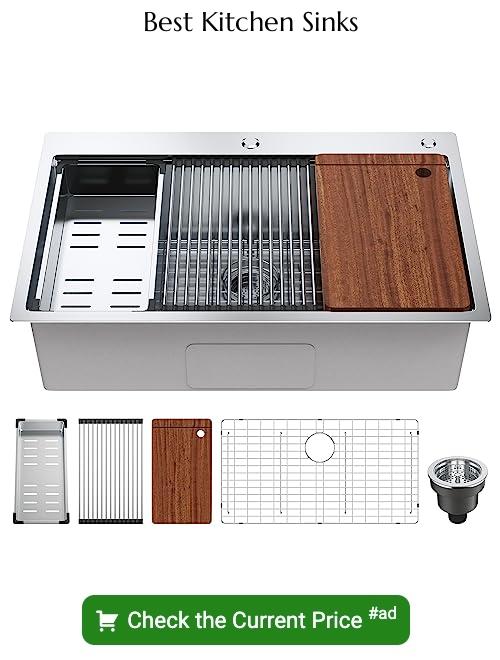Last updated on
Explore the advantages and disadvantages of single-bowl and double-bowl sinks to make an informed decision for your kitchen upgrade.
It’s a common dilemma that can leave even the most decisive person feeling overwhelmed. After all, your sink is one of the most frequently used fixtures in your kitchen, and choosing one that fits your lifestyle and needs is important.
In this blog post, we’ll take an in-depth look at both single-bowl and double-bowl sinks, including their pros and cons to help you decide which type of sink is right for you.
Key takeaways:
- Single-bowl sinks are compact, easier to clean, and more affordable, making them ideal for small kitchens.
- Double-bowl sinks allow for multitasking and can accommodate larger cookware, but require more space and are pricier.
- Space and storage are crucial considerations when choosing between single and double-bowl sinks.
- Single-bowl sinks are easier to maintain, while double-bowl sinks might require more cleaning effort.
- Both types come in various materials, each with different aesthetic and upkeep considerations.
What's Inside
Single-Bowl Sink Advantages
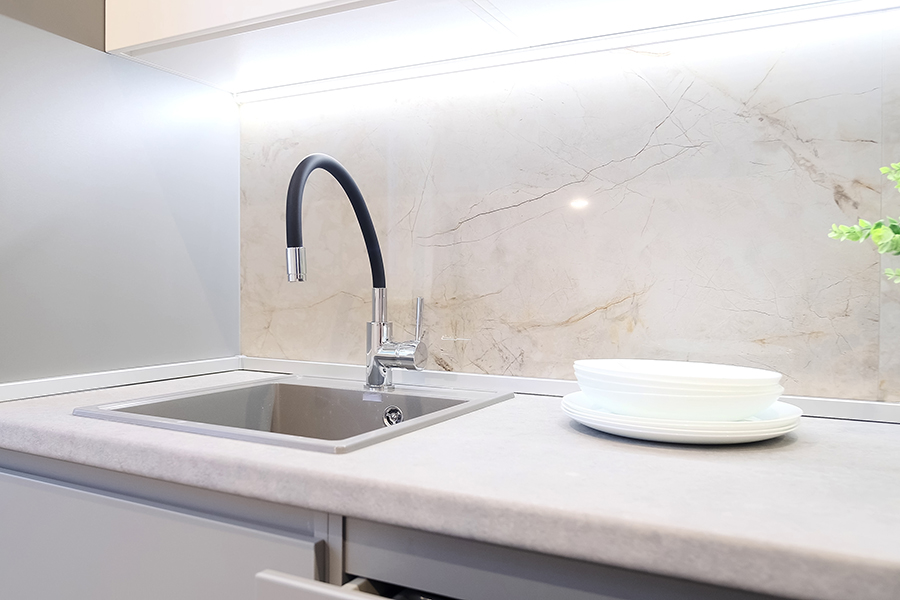
If you have a small kitchen, a single-bowl sink may be your best option. It takes up less counter space and can fit into tight corners easily.
Single-bowl sinks are also great for washing large pots and pans that don’t fit in double-bowls.
Another advantage of single-bowl sinks is their affordability. They tend to cost less than double-bowls because they require fewer materials to manufacture.
Single bowls are also easier to clean since there’s only one basin, which means no crevices or hard-to-reach areas where dirt can accumulate. Plus, with just one drain opening, it’s easier to keep the sink free from clogs.
Double-Bowl Sink Benefits
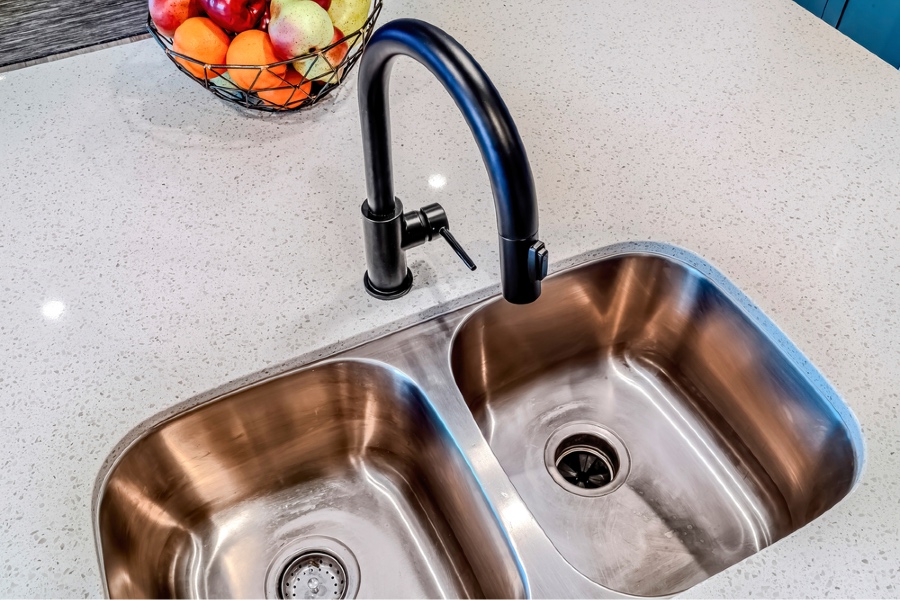
One of the most significant benefits of having two bowls is that it allows for multitasking. You can wash dishes on one side while preparing food on the other, making meal prep and cleanup much more efficient.
Another advantage is that double-bowl sinks are typically larger than single-bowl sinks, providing ample space to accommodate large pots, pans, or even bulky baking sheets. This feature makes them ideal for those who frequently cook or entertain guests.
If you have a garbage disposal unit installed in your sink, having two bowls can help keep food scraps separate from clean dishes during washing.
However, it’s important to note that double-bowls require more counter space than single bowl-sinks due to their size. They also tend to be pricier compared to their single counterparts due to additional materials required during installation such as extra plumbing fixtures and hardware.
Space and Size Considerations
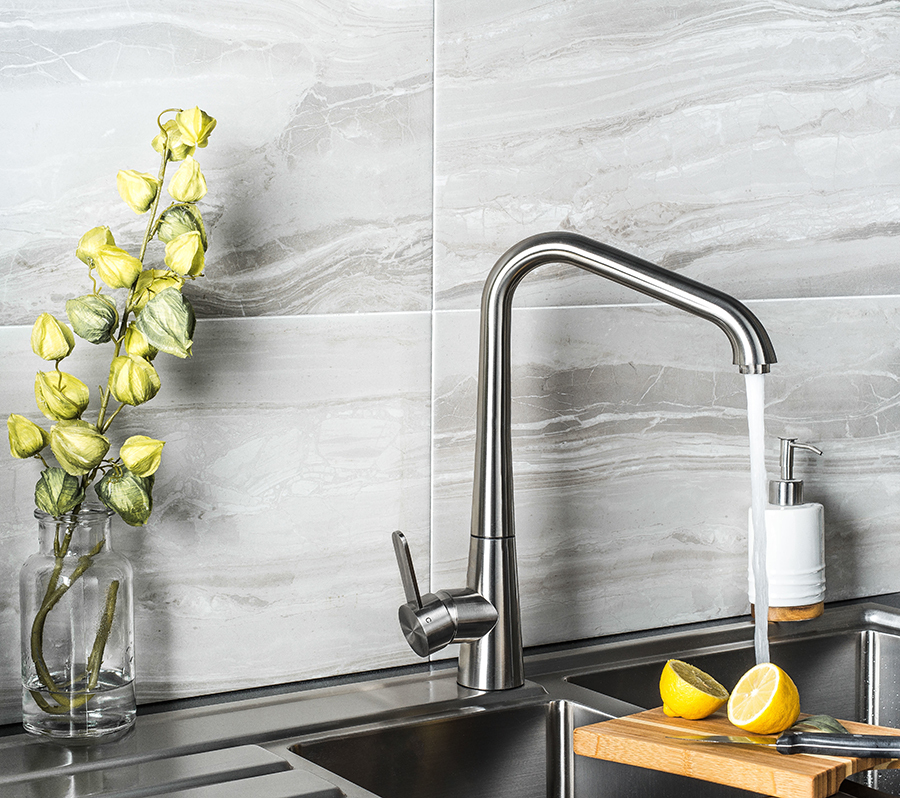
If you have a small kitchen with limited counter space, then a single-bowl sink may be your best option. Single bowl sinks take up less counter space than their double counterparts, leaving more room for food preparation and other activities.
On the other hand, if you have ample counter space in your kitchen and frequently multitask while washing dishes or preparing meals, then a double-bowl sink might be more suitable for your needs. Double bowl sinks provide separate areas to wash dishes on one side while using the other side as an additional workspace.
It’s also important to consider how much cabinet storage is available underneath your chosen sink type. A larger-sized double bowl can take up more cabinet storage compared to its smaller counterpart – which could impact how much storage is left over after installation.
Cleaning and Maintenance

Single-bowl sinks are generally easier to clean because they have a larger basin that can accommodate bigger pots, pans, or dishes. They also don’t have any dividers or crevices where dirt or grime can accumulate.
On the other hand, double-bowl sinks require more effort when it comes to cleaning because of the divider between the two bowls. Food particles tend to get trapped in this area which makes it harder for you to keep your sink looking spotless.
In terms of maintenance, both types of sinks require regular upkeep such as wiping them down after use with a soft cloth or sponge. However, if you opt for a stainless steel sink material, do not use abrasive cleaners as they may scratch its surface.
Installation Differences

Single-bowl sinks are generally easier and quicker to install since they only require one drain and faucet installation. On the other hand, double-bowl sinks require two drains and faucets, making the installation process more complicated.
If you’re replacing an existing sink with a different type of sink (single vs. bouble), you may need to adjust your plumbing accordingly. This could add extra time and cost for installation.
It’s important to note that regardless of whether you choose a single or double bowl sink, proper installation is crucial for optimal performance and longevity of your fixture. It’s recommended that professional plumbers handle any kitchen sink installations as they have the necessary expertise in this area.
Material Options
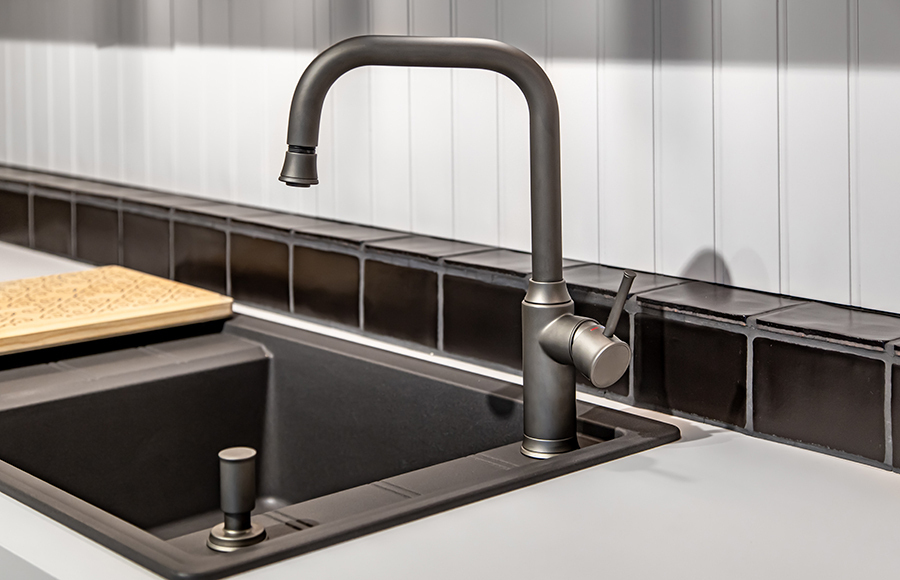
Single-bowl sinks are available in various materials such as stainless steel, cast iron, fireclay, and composite granite. Stainless steel is the most popular choice due to its affordability and easy maintenance. Cast iron offers a classic look but requires more upkeep than other materials.
On the other hand, double-bowl sinks come in similar materials with additional options like copper or brass that can add an elegant touch to your kitchen decor. Fireclay is another popular option for double-bowl sinks because of its durability and resistance to scratches.
Cost Comparison
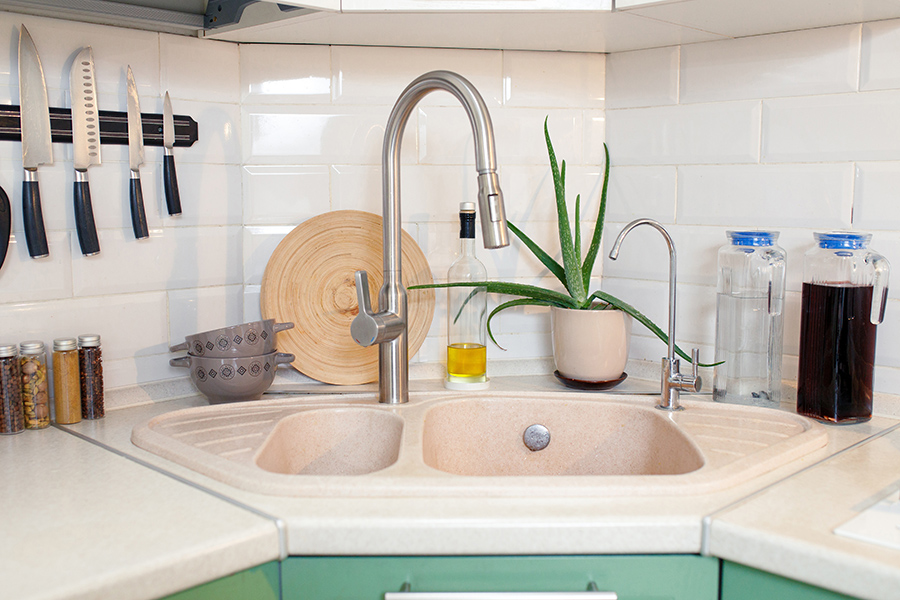
Generally speaking, single-bowl sinks are less expensive than their double-bowl counterparts. This is because they require less material and labor during the manufacturing process.
However, there are exceptions to this rule depending on the size of the sink and its material composition. For example, if you opt for a large or high-end single bowl made from premium materials like granite or fireclay, it may end up costing more than a standard stainless steel double bowl.
It’s also worth noting that installation costs can vary based on your plumbing setup and whether you’re replacing an existing sink or installing one in a new location altogether.
Ultimately, when considering cost as part of your decision-making process between these two types of sinks – be sure to take into account not only upfront expenses but also long-term durability factors that could impact future repair/replacement costs down the line.
